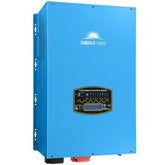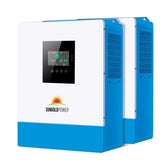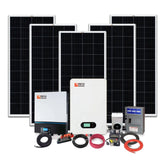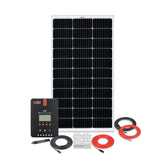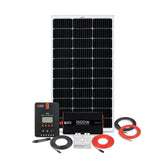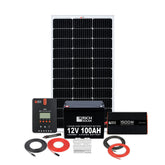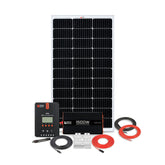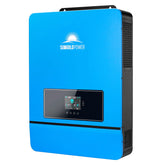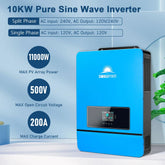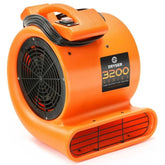Get In Touch +1 (888) 575-2099

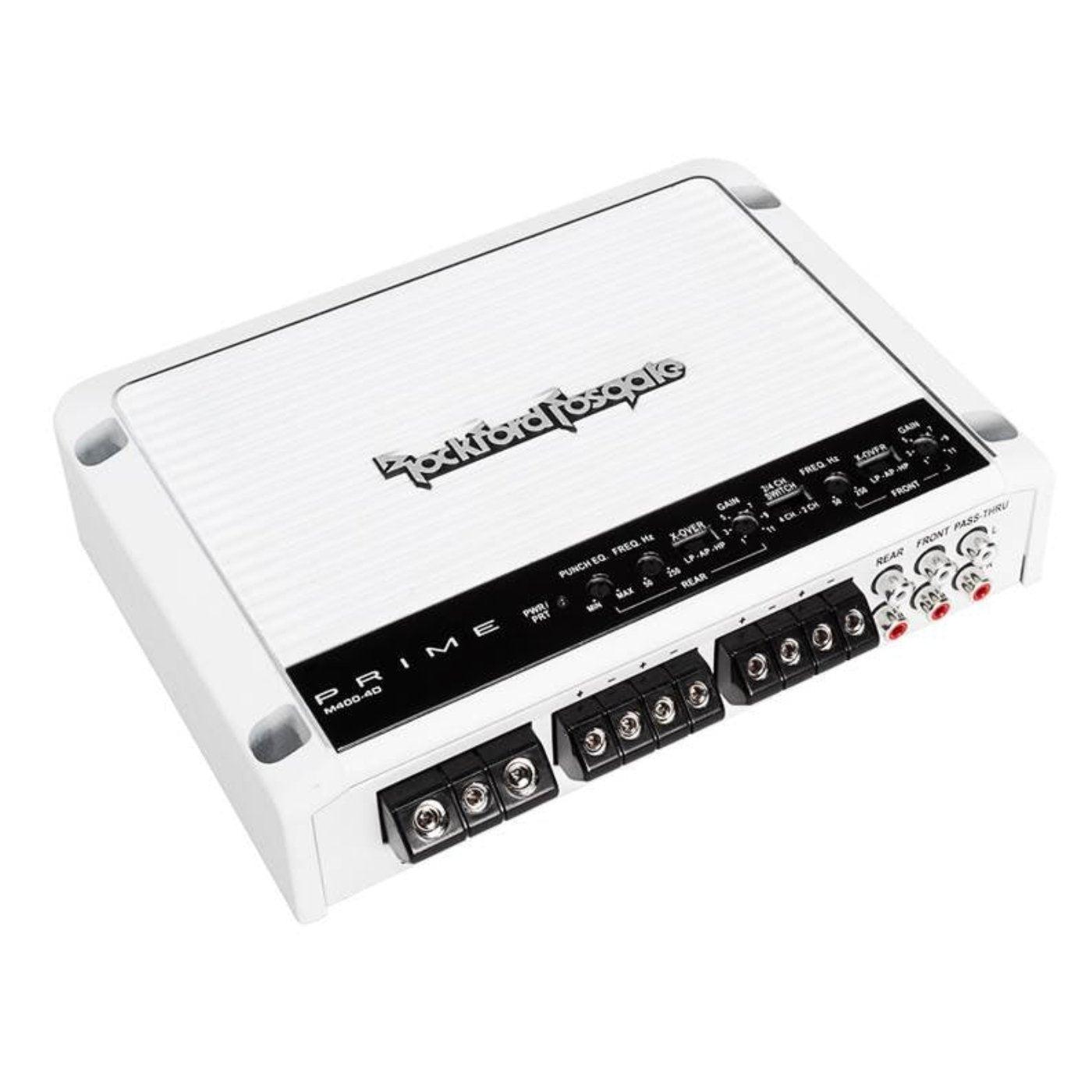
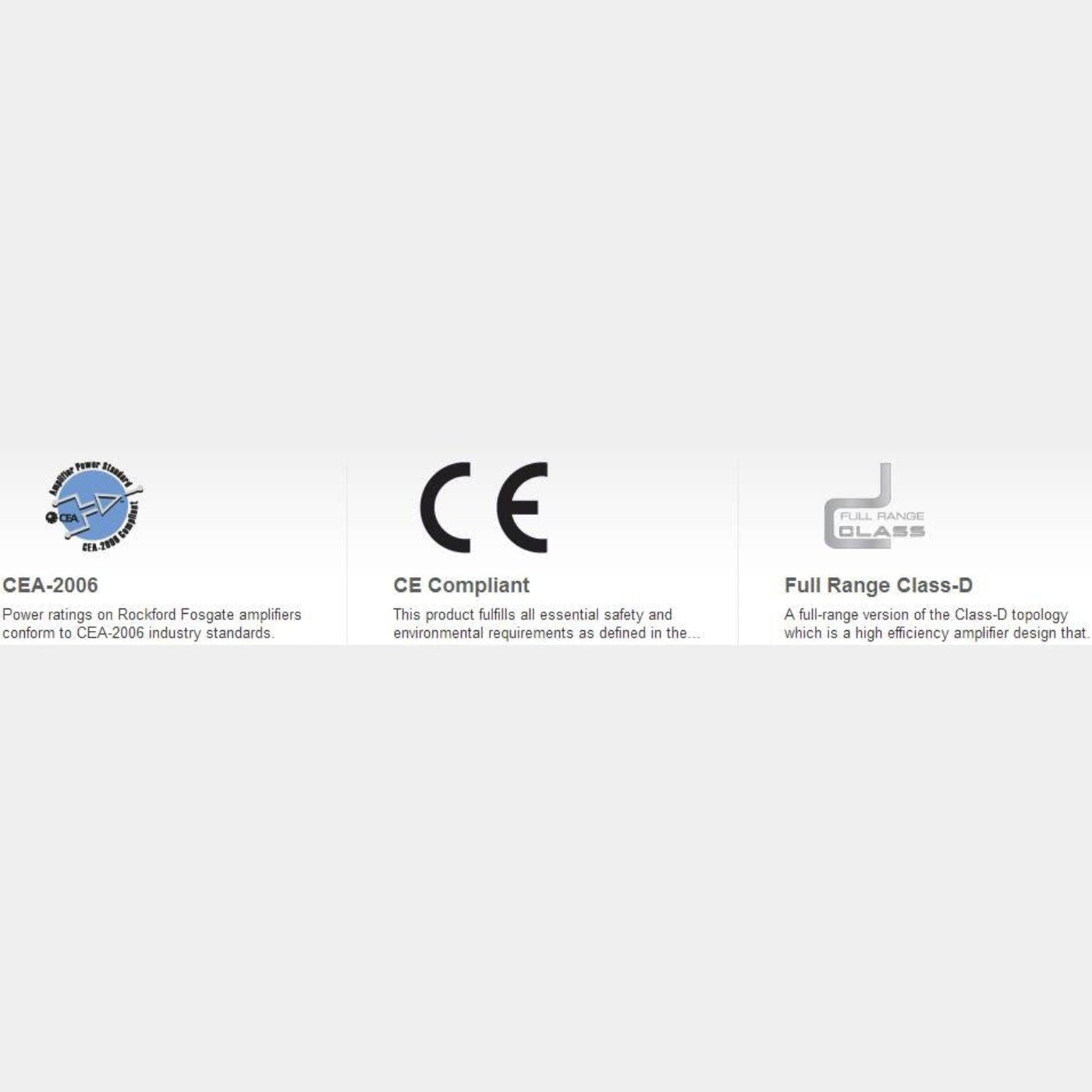
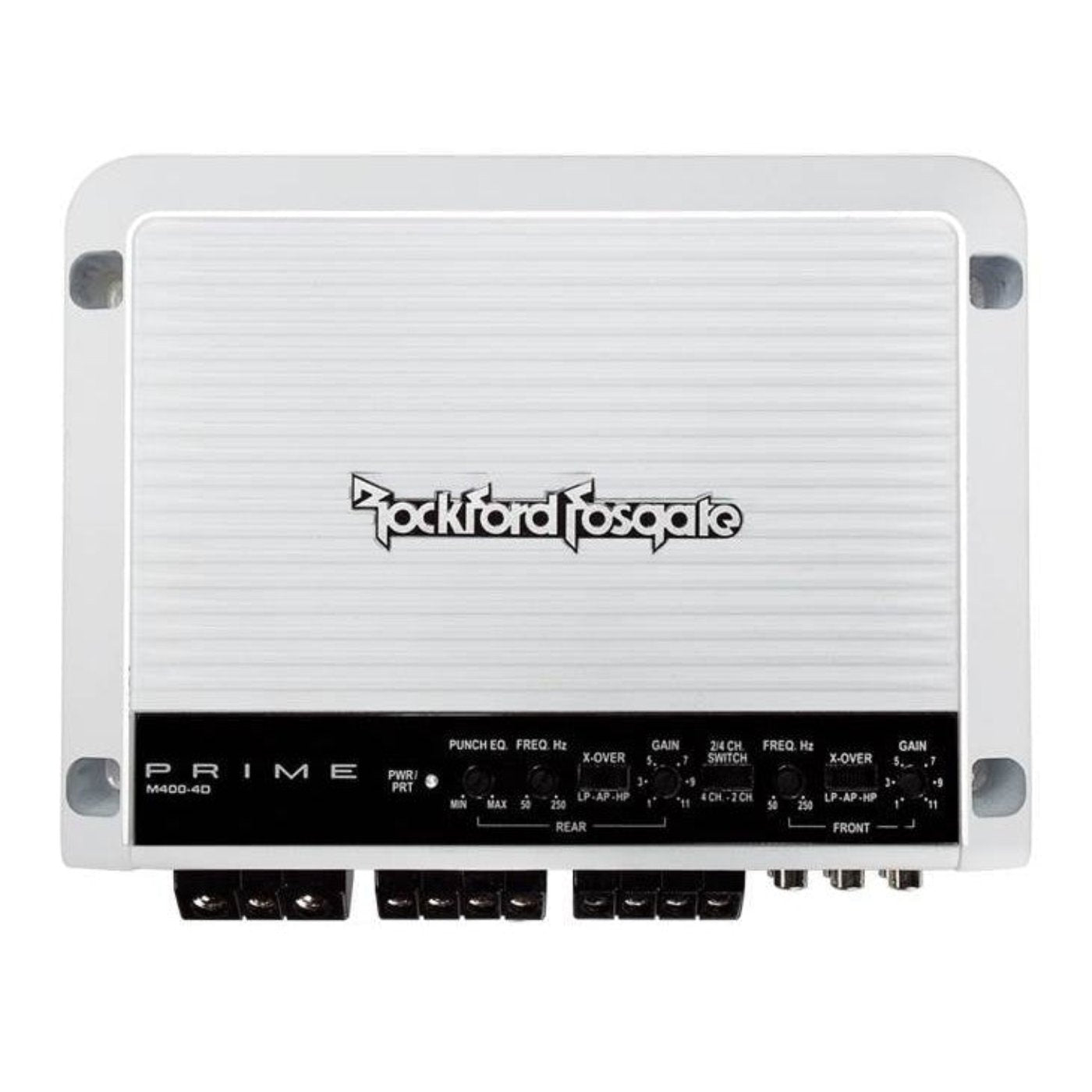

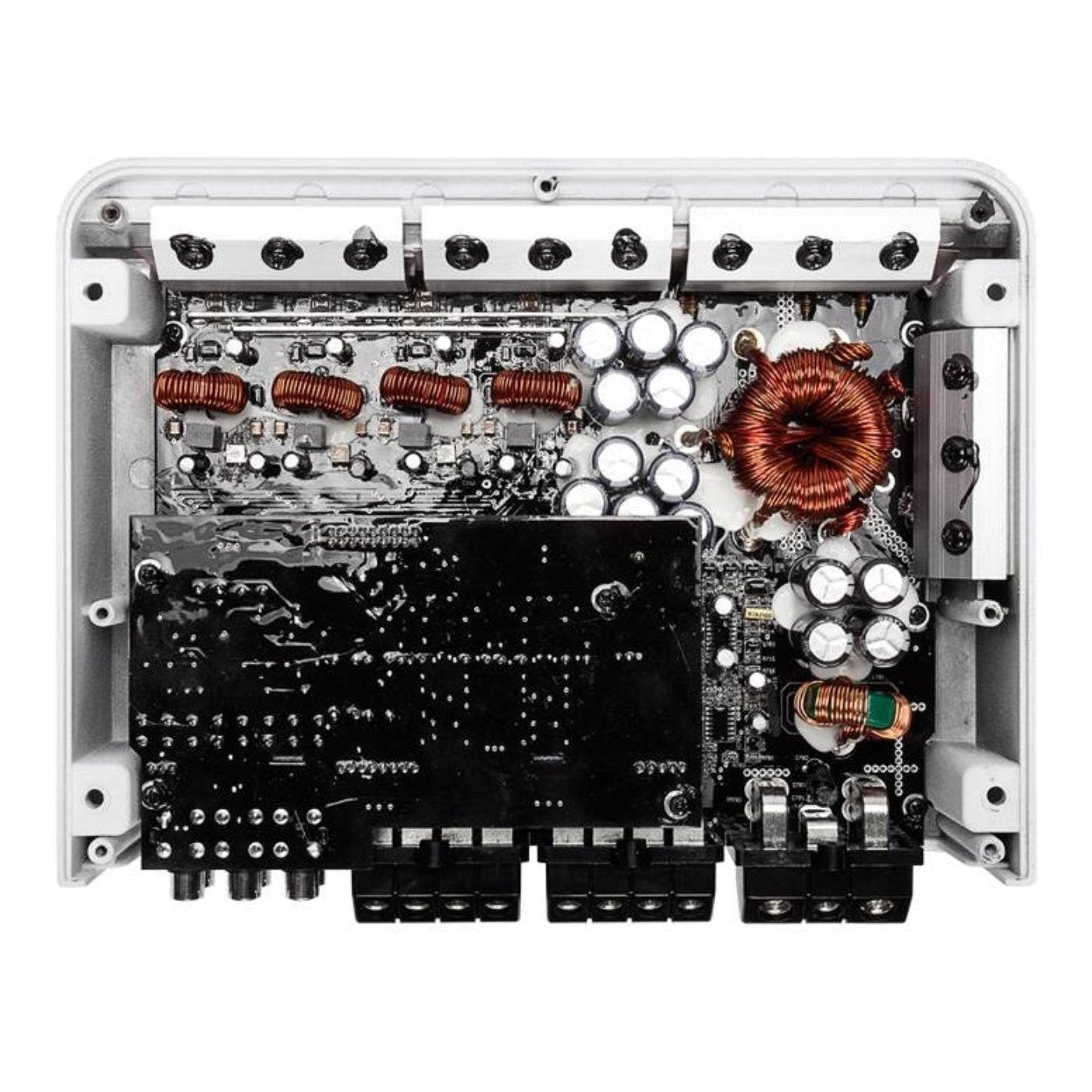
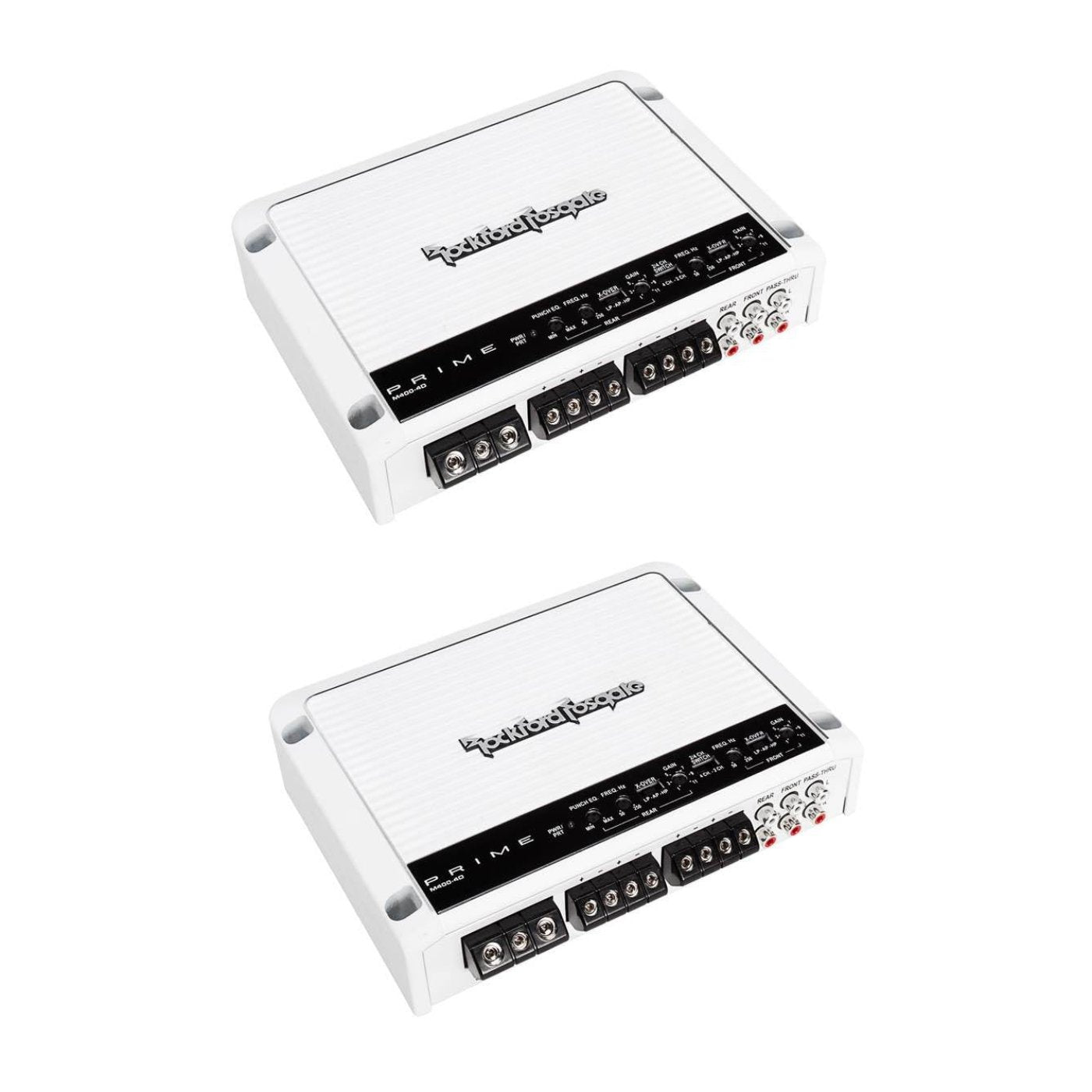
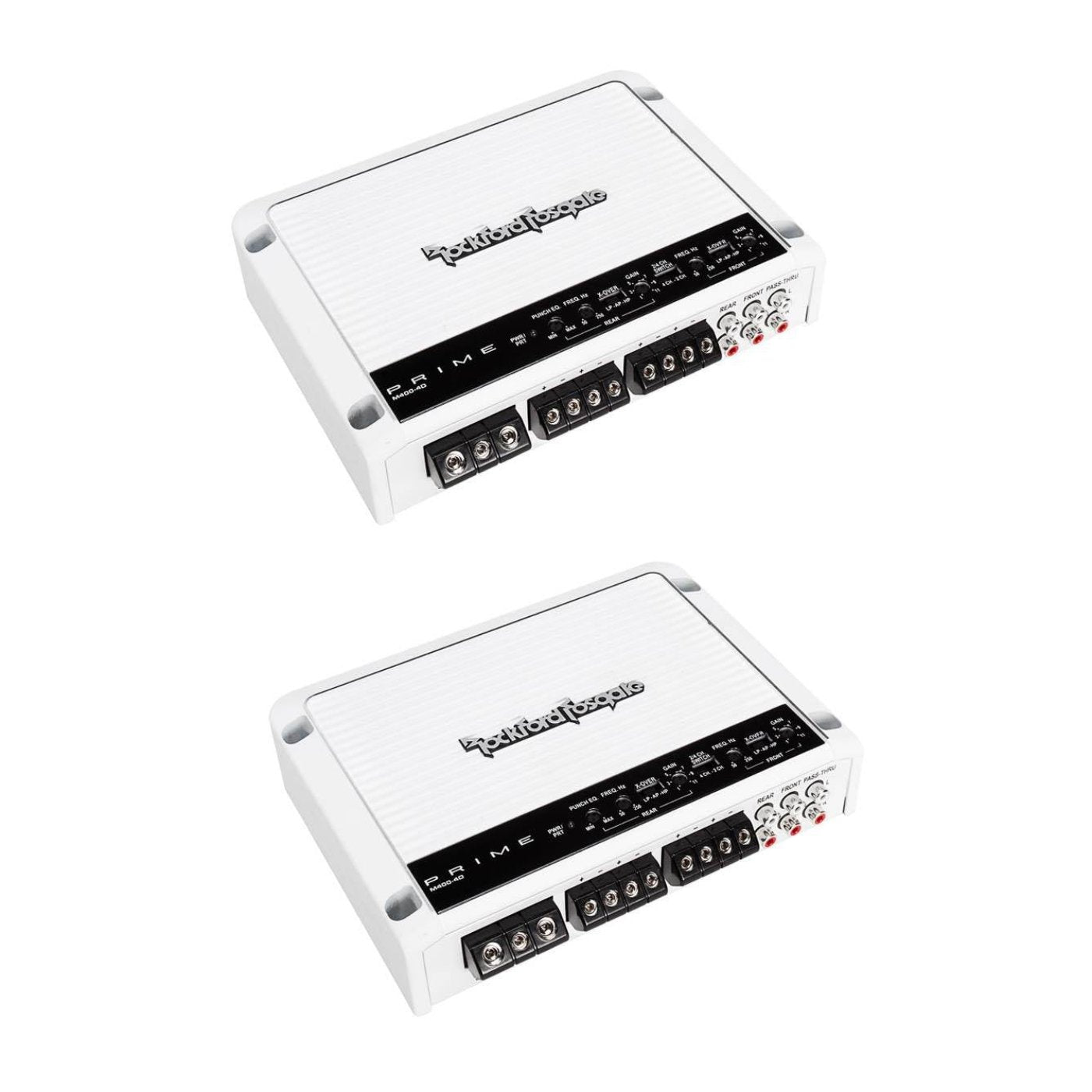

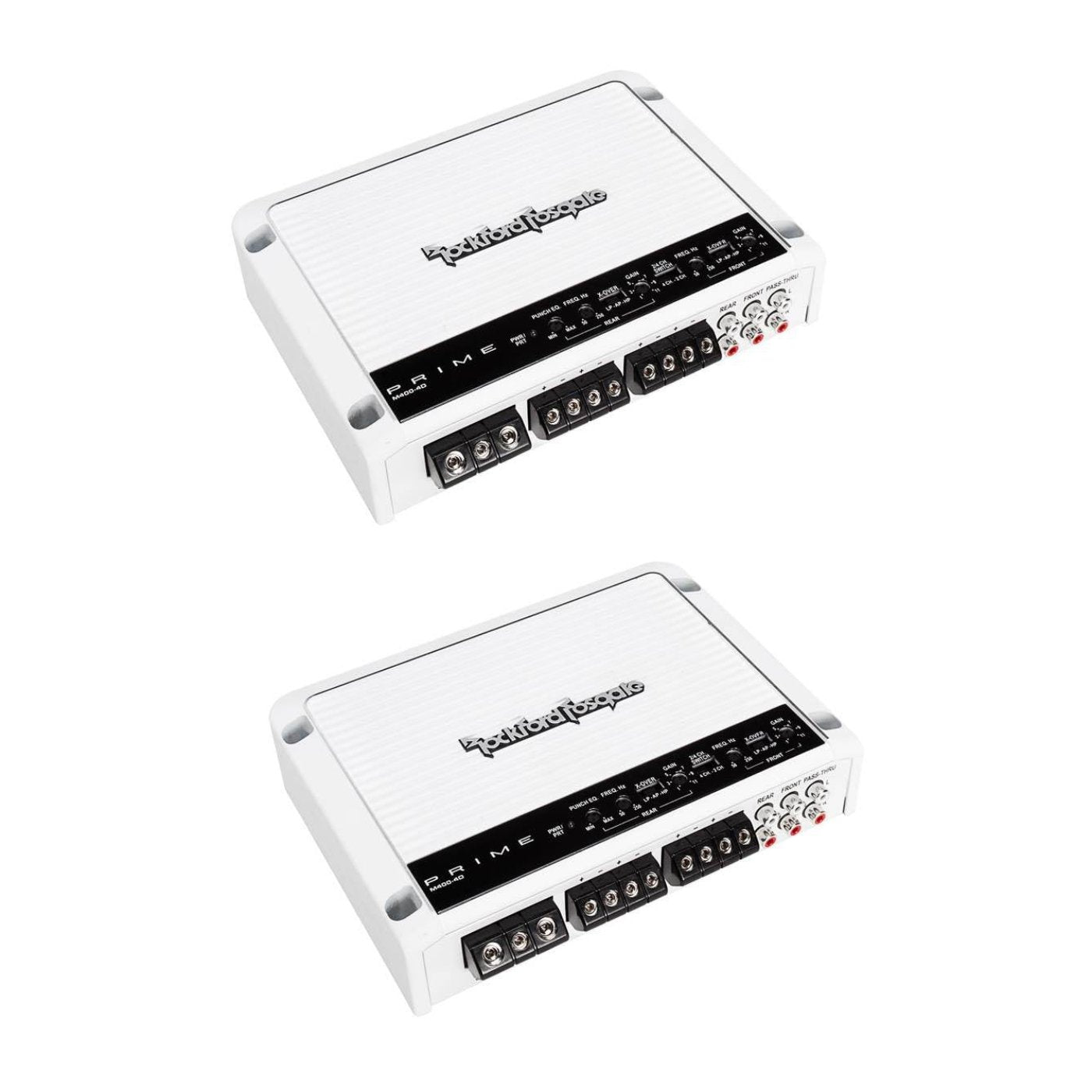
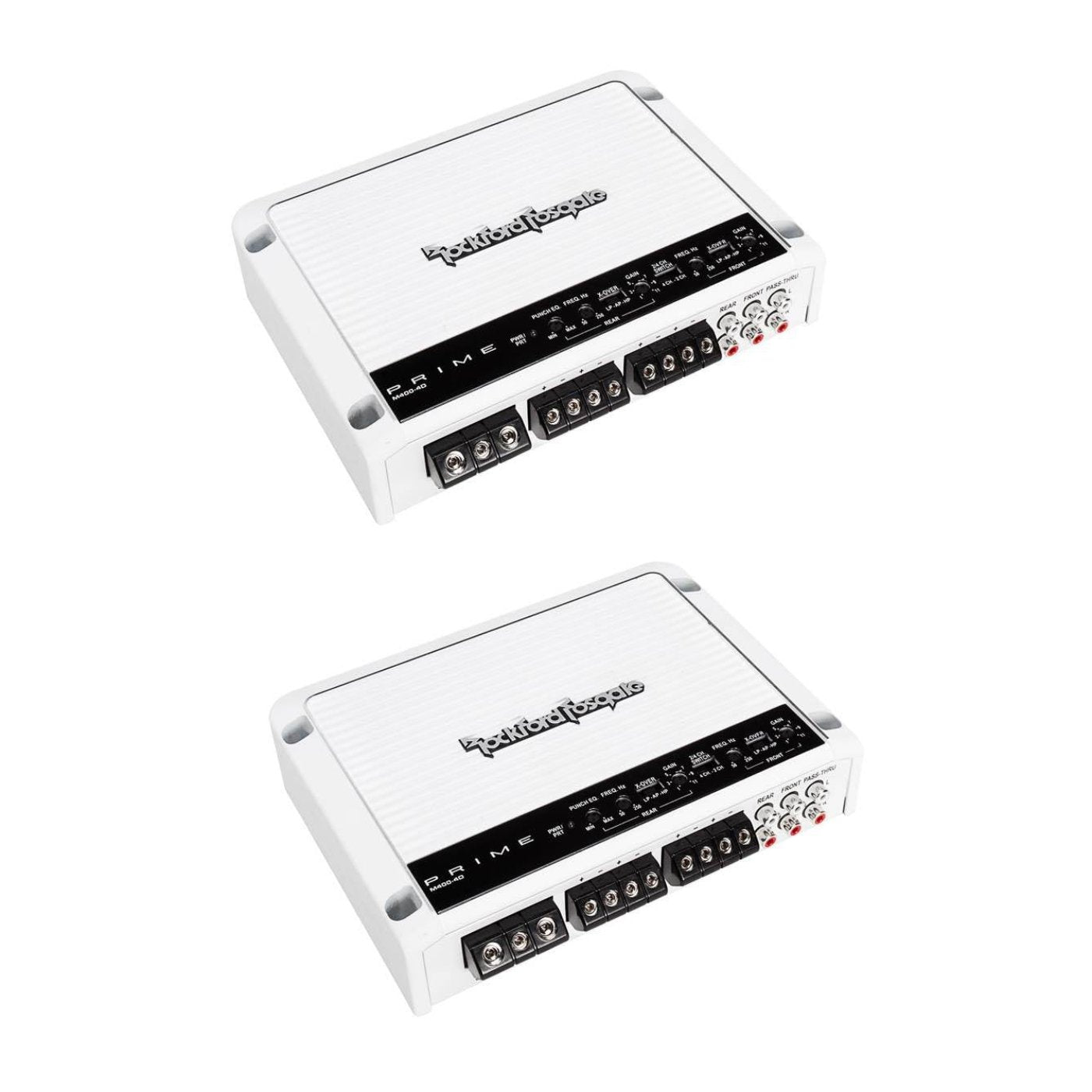

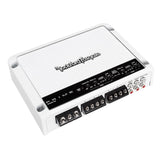
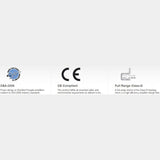
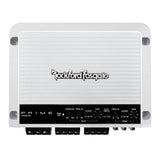
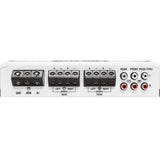


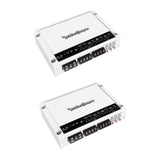
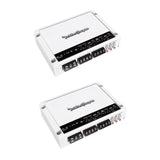
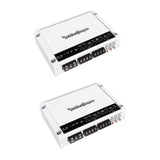
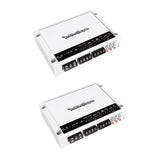
Rockford Fosgate M400-4D 400 Watt 4-Channel Class-D Amplifier Amp (2 Pack) - 121283
- $659.98
$949.99- $659.98
- Unit price
- per

Expert Support,
Dial +1 (888) 575-2099

Limited Supply,
grab it before it's gone.

Lowest prices,
As low as possible.

All Items are brand New,
Never used.
Recently Viewed Products
Rockford Fosgate M400-4D 400 Watt 4-Channel Class-D Amplifier Amp (2 Pack) - 121283
The Prime Rockford Fosgate M400 4D amplifier is a 400 Watt 4 channel high efficiency Class D amplifier specifically designed for Marine and Powersport/outdoor applications. Power ratings on Rockford Fosgate amplifiers conform to CEA 2006 industry standards. These guidelines mean your amplifier's output power ratings are REAL POWER numbers, not inflated marketing ratings.
The amplifiers printed circuit board is conformal coated with a UV resistant finish that conforms to industry standard UV and Salt Fog specifications, and the Class D circuit topology is so efficient, it consumes much less current, from your charging system, over traditional Class A/B amps.
Features
-
Rockford Fosgate M400 4D 400 Watt 4 Channel Full Range Class D Amplifier Amp
-
RMS Power Rating:
-
4 ohms: 75 watts x 4 chan.
-
2 ohms: 100 watts x 4 chan.
-
Bridged, 4 ohms: 200 watts x 2 chan.
-
12dB/octave Butterworth crossover
-
2/4 channel switch
-
4 Gauge power/ground connectors
-
Cast aluminum heatsink
-
Top mounted controls
-
Conformal coated PCB and UV resistant finish for UV & Salt Fog protection.
-
On board Punch EQ with +18dB boost @ 45Hz.
-
Tri stage protection covers thermal, over current and short circuits.
-
Input sensitivity
-
Low level: 125mV 5V
-
High level: 250mV 10V
-
Variable high pass filter (50 500 Hz, 24 dB/octave)
-
Variable low pass filter (50 500 Hz, 24 dB/octave)
-
CEA 2006 compliant amplifier
-
Frequency response: 20 20000 Hz
-
Dimensions (L x W x H): 9.1 x 6.7 x 2 inches
-
Item Weight: 5 pounds
-
Manufacturer warranty: 1-year warranty
-
Quantity: 2
What Our Experts Thin
The Rockford Fosgate M400-4D 400 Watt 4-Channel Class-D Amplifier (2 Pack) stands out as a premium choice for audio enthusiasts. Here's why:
- Compact and Powerful: Each amplifier delivers 400 watts of high-efficiency performance in a space-saving design, ideal for tight installations.
- Class-D Technology: Ensures minimal power loss and maximum audio fidelity for a crisp, clear sound experience.
- Versatile Application: Perfect for boats, cars, or motorcycles, with robust durability to withstand demanding environments.
- Marine-Grade Construction: Corrosion-resistant materials and sealed design protect against moisture, making it a reliable choice for marine use.
- Easy Installation: User-friendly features like high-level inputs and adjustable crossover controls simplify setup.
Q&A
Q: What is the Rockford Fosgate M400-4D 400-Watt 4-Channel Class-D Amplifier (2 Pack)?
A: This product is a set of two 4-channel Class-D amplifiers, each delivering 400 watts of peak power, designed to provide efficient and high-quality amplification for car audio systems.
Q: What are the key features of these amplifiers?
A: The amplifiers feature a Class-D design for high efficiency, 400 watts of peak power output per amplifier, compact size for easy installation, and built-in protection circuitry to prevent overheating and overloading.
Q: How do these amplifiers improve audio performance?
A: The Class-D design ensures minimal power loss and heat generation while providing clear, dynamic sound, making them ideal for powering multiple speakers and subwoofers, delivering excellent performance even at high volume levels.
Q: Are these amplifiers durable?
A: Yes, these amplifiers are built with durable materials and feature thermal management technology to prevent overheating, ensuring reliable performance and long-lasting durability.
Q: Will these amplifiers fit in most vehicles?
A: Yes, the compact size of these amplifiers makes them suitable for a wide range of vehicles and installations, offering flexibility without taking up too much space.
Q: Is installation easy?
A: Yes, these amplifiers are designed for straightforward installation with included wiring instructions, and they can be easily integrated into most car audio systems.
Maintenance Tips
-
Proper Installation: Install the amplifier securely in a well-ventilated location to prevent overheating. Ensure all wiring is done with high-quality cables and connectors, and that all connections are tight and corrosion-free.
-
Amplifier Settings: Adjust the amplifier's gain, crossover, and bass settings to match your audio setup and avoid distortion. Make sure the amplifier is paired with speakers or subwoofers that can handle its power output to prevent overloading.
-
Cooling and Ventilation: Ensure proper airflow around the amplifier to keep it cool during operation. Avoid blocking the cooling vents, especially during prolonged use or at high volume levels.
-
Routine Cleaning: Clean the exterior of the amplifier regularly with a soft, dry cloth to remove dust and debris. Avoid using liquids or abrasive materials that could damage the amplifier's surface or internal components.
-
Monitor Temperature: Check the temperature of the amplifier periodically, especially after extended use. If it becomes excessively hot, turn it off and allow it to cool before resuming use. Overheating can lead to performance issues or permanent damage.
-
Inspect Connections: Regularly inspect all wiring, terminals, and connections for signs of wear, corrosion, or looseness. Tighten or replace any damaged components to ensure a secure and stable signal path.
-
Power Protection: Use a power surge protector or fuse to safeguard the amplifier from electrical spikes. This will help prevent damage from power surges or electrical issues.
Related Products
- Choosing a selection results in a full page refresh.











